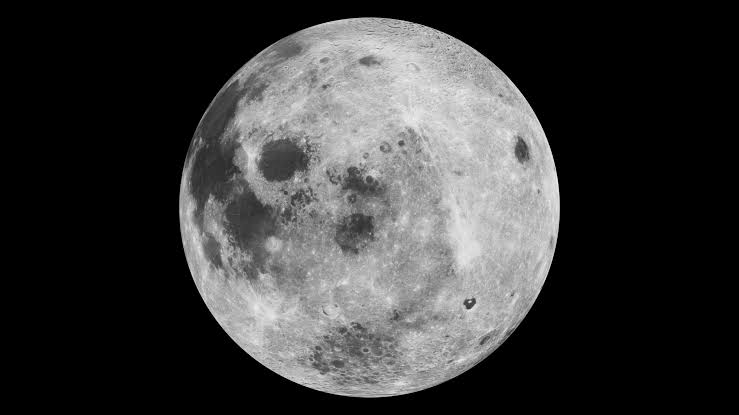NASA administrator Jim Bridenstine, in an interview with CNN, suggested that it would cost the agency around $20 to $30 billion to return to the surface of the Moon.
NASA’s next ambitious mission called the Artemis program is supposed to launch in 2024. The name of the mission was recently announced by Bridenstine and it is named after the Greek Goddess of Moon, Artemis who was also the twin sister of Apollo (the name given to NASA’s previous lunar missions).
Bridenstine said these figures aren’t final and there might be considerable changes in the budget. Yet this amount is certainly less than what had been earlier predicted by the agency. It should be noted that NASA’s current annual budget is $20 billion and in order to meet the costs for its lunar mission it will need $4 to $6 billion increment per year. But the agency has asked for only an additional $1.6 billion for the Artemis program.
With Artemis NASA plans to set up a “sustainable” presence on the lunar surface which means it wants to make it easier for astronauts to visit the moon again and again. Also, it is likely that the the agency will send a woman to the surface of the Moon for the first time. The agency sees this as an opportunity to prepare its astronauts for future long-distance missions to Mars. With a deadline staring down, the agency seeks ways for cost-saving by co-working commercial aerospace companies.
Humans haven’t step foot on the Moon since 1972 which was Apollo 17 mission. Surprisingly, this estimated budget is roughly equal to previous lunar missions (considering the dollar rates of 1960’s). But already billions have been invested in developing technologies for this mission and nothing new is being invented particularly for the program.
Bridenstine said the goal of this mission “is to make sure that we’re not cannibalizing parts of NASA to fund the Artemis program.” He is confident that he’ll get Congress’ approval and will convince them to get on board for success of this mission.
“Our efforts will include new work at NASA centers to provide the key technologies and scientific payloads needed for the lunar surface, adding to efforts already underway across the country,” NASA said in a statement.
NASA’s two missions Orion and Space Launch System have faced numerous delays due to the fact that they were over-budget. NASA will be trying its best to not let the Artemis program end among these and is focusing on cost-saving and staying with the bounds of an estimated budget.





